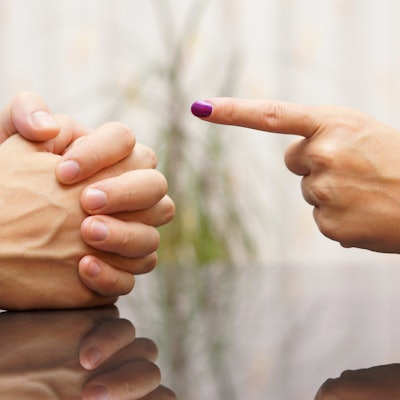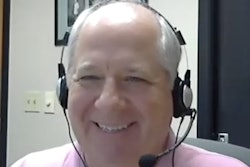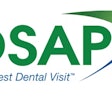
Associations and dentists are reeling from the World Health Organization's (WHO) recent recommendation to postpone routine dental checkups in areas with community spread of COVID-19 to protect dental teams and patients from potential infection-spreading aerosols.
Dentists have spoken out, and the ADA and the American Academy of Periodontology (AAP) have issued statements, condemning the WHO's guidance and driving the point that good oral health is fundamental to overall health. Most importantly, recent evidence suggests that patients with inflammation caused by periodontitis may experience more severe COVID-19 complications.
"The COVID-19 pandemic has certainly affected most aspects of life, but with the right patient safety measures in place that align with state and local guidelines, it should not impact your ability to receive periodontal care," Bryan Frantz, DMD, president of the AAP, said in a statement.
Lasting effect
Like many industries, dentistry has suffered from mandatory lockdowns and an unprecedented recommendation from the ADA calling for dentists to postpone all nonurgent care due to the pandemic. Depending on location, some practices reopened a couple months ago, and for others, it's been a few weeks.
As reopenings occurred, patients returned, and at a quicker rate than some expected. As of the end of July, patient volumes appeared to be plateauing at about 73% of prepandemic levels, but about one-third of dentists who responded to a survey believe those numbers will dip in the fall, according to recent data from the ADA's Health Policy Institute. Given the science behind the the oral-systemic link and the fact that the industry recovery is still about one-quarter of the way from pre-COVID-19 levels, dentists aren't ready to think of themselves as anything less than essential.
WHO's stance
The WHO has called for nonessential dental treatment to be delayed in areas with evidence of community spread due to dental teams and patients being at a potentially greater risk of disease transmission due to working in close quarters. It further recommended avoiding or limiting aerosol-generating care, such as polishing teeth with an ultrasonic scaler. Droplets from these procedures float through the air and could cause infection if inhaled.
Action taken
ADA President Chad Gehani, DDS, said the association recommended that practices postpone routine care in the spring to address disease transmission concerns. Since then, the ADA and the U.S. Centers for Disease Control and Prevention issued interim guidance about infection control for dental professionals. The association, which also has developed a new interim policy referring to dentistry as an "essential healthcare service," calls for teams to wear the highest level of personal protective equipment (PPE) available and to use rubber dams, high-velocity suction, and hand scaling when cleaning teeth to minimize aerosols.
"Millions of patients have safely visited their dentists in the past few months for the full range of dental services," Dr. Gehani said.
"With appropriate PPE, dental care should continue to be delivered during global pandemics or other disaster situations."
Where's the science?
Nammy Patel, DDS, of Green Dentistry in San Francisco, finds the guidelines perplexing, since "there has not been one documented case of dentist-to-patient transmission of COVID-19."
Her practice is taking all precautions to prevent transmission, including weekly testing, wearing PPE, and practicing social distancing.
"Where is the research?" Dr. Patel asked. "We are all at a risk and where is the evidence and documentation that it's not safe to go to a dentist?"
In addition to recommending an abundance of caution, the WHO is calling for more research on the potential spread of COVID-19 through aerosols. Currently, there is limited evidence.
Dr. Patel believes that the WHO's recommendation leaves unanswered questions. She asked, "With this recommendation, is the WHO suggesting that masks and other PPE are not effective?"
The WHO has not updated guidance on PPE use.
The WHO also is forgetting an important factor, which is that 60% to 70% of the population has gum disease due to bacteria and the natural process of aging, Dr. Patel noted.
"Wearing a mask creates dry mouth, which exacerbates chances of developing gum disease, which creates inflammation, which impacts immune health. This is why it's even more important to go to the dentist," she said.
Final thoughts
Dental infection control expert Mary Govoni, RDH, CDA, believes it is important for dental practices to use all of their resources to ensure their safety.
"If practices have adequate PPE, air purification, and are able to use high-volume evacuation for all (including hygiene procedures), the risk of exposure is minimized but not eliminated," Govoni said. "While it is not ideal to delay treatment on all patients, perhaps delaying treatment for some patients, based on the dentist’s professional judgement, may be a temporary measure that will help to reduce the potential risk of transmission."
As a final note, Dr. Roger P. Levin shared the video below, with some tips on how to talk to patients about the WHO news.



















